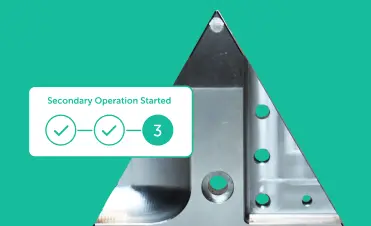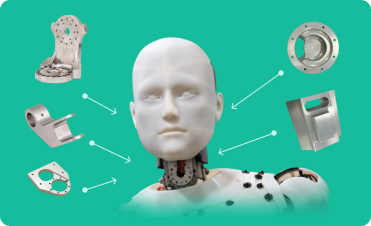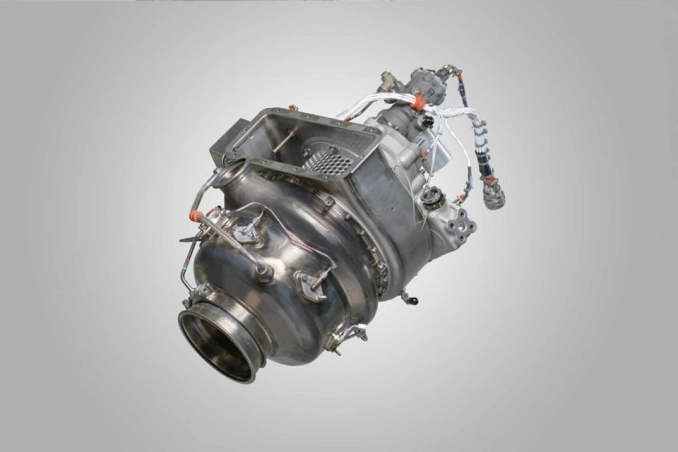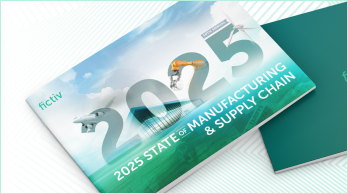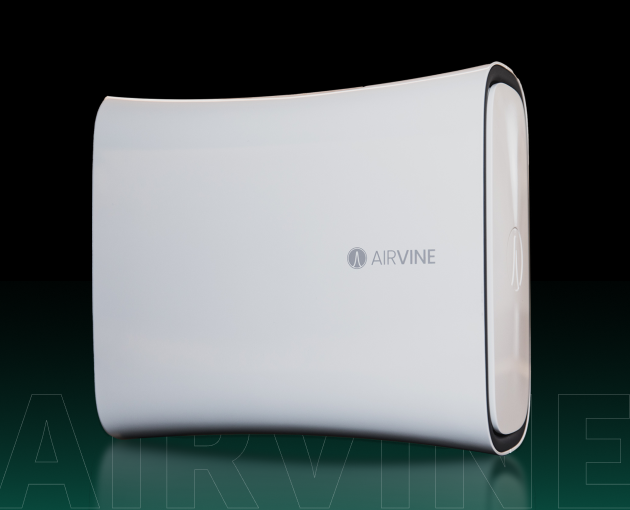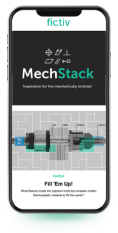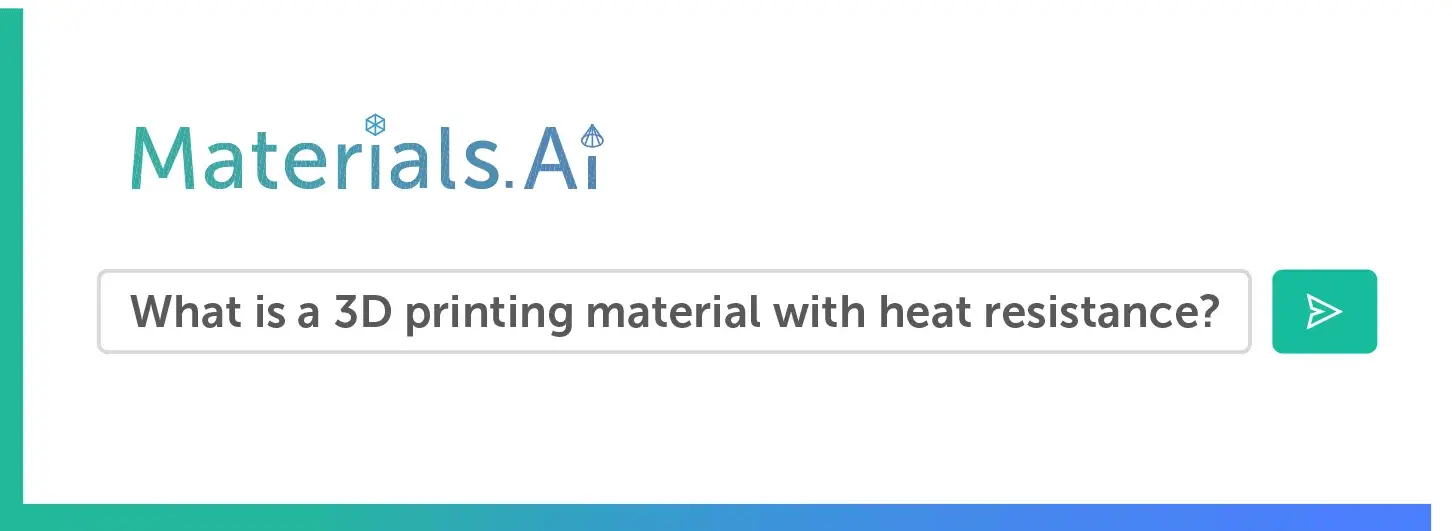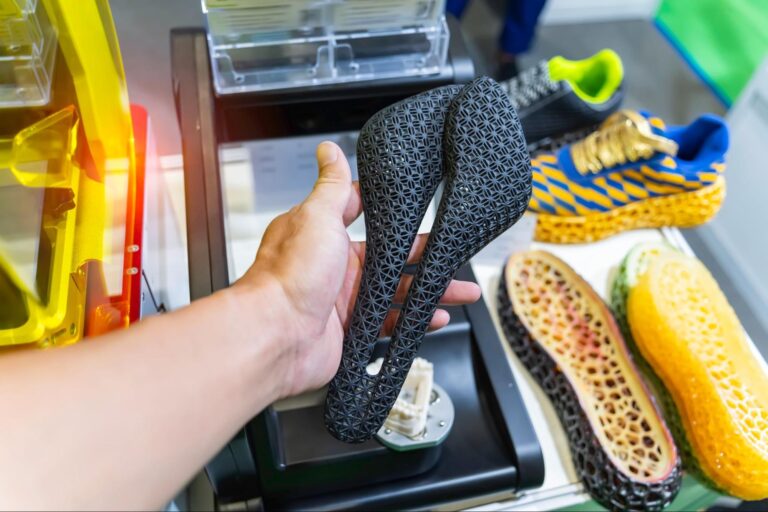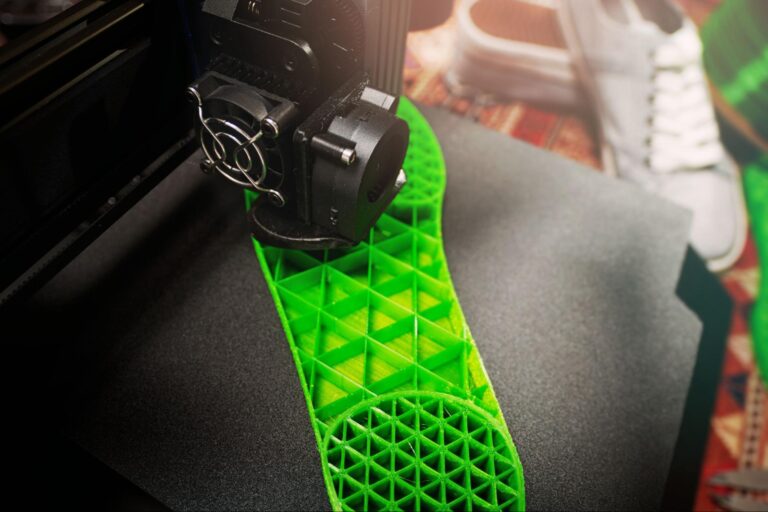Time to read: 8 min
Injection molding is one of the most versatile and powerful methods for producing plastic components at scale. Its ability to deliver complex, durable, and cost-effective parts has made it indispensable across industries. But the secret to consistent molding success isn’t just in the part and mold design—it’s in the process.
The line between a flawless part and a costly reject often hinges on how precisely the process is controlled. Parameters such as melt and mold temperature, injection and holding pressures, injection speed, cooling time, and clamping force are more than technical settings—they are the levers that dictate part quality, dimensional accuracy, cycle efficiency, and overall production cost. For engineers and manufacturers, mastering these variables is both a science of precision and an art of optimization.
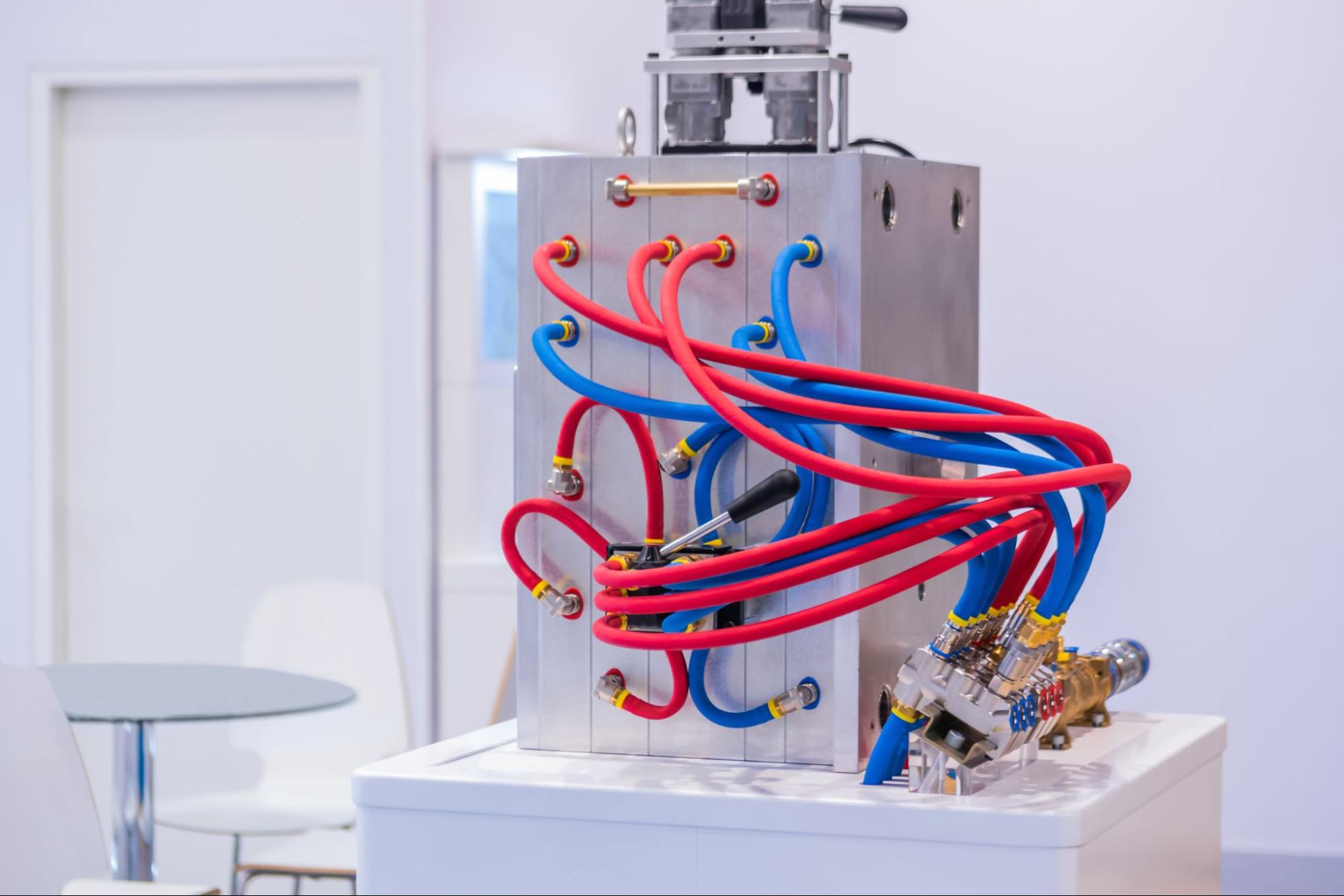
This article examines the impact of injection molding parameters on production outcomes, common mistakes to avoid, and practical strategies for achieving a balance between efficiency, cost, and part integrity.
Understanding Fundamental Injection Molding Parameters
Melt Temperature
Melt temperature of the molten plastic determines the polymer’s flow behavior. If too low, the melt may not fill the cavity, resulting in short shots or poor weld line fusion. Too high, and it risks degradation, flashing, or excessive shrinkage.
The correct melt temperature for injection molding depends on resin type, barrel profile, and residence time. For example, when processing ABS, too low a melt temperature reduces polymer flow and prevents proper surface replication, leaving the finished part with a dull, matte appearance instead of a smooth gloss. In contrast with nylon, excessive melt temperature accelerates oxidation, which breaks down the polymer chains and results in discoloration, brittleness, and reduced mechanical strength.
Mold Temperature
Mold temperature is a major factor in surface finish, dimensional stability, and crystallinity, but it does not act alone; resin melt temperature and injection speed also play critical roles. Uniformity is critical: even a slight difference of just a few degrees between mold halves can cause visible warpage or dimensional mismatch. Cooling lines should evenly cover hot spots, and thermal imaging or cavity sensors can help identify problem areas.
For example, in electronics housings, mold temperatures are often kept at the upper end of the recommended processing window (typically 70–90°C for ABS) to achieve smooth, paint-ready surfaces. By contrast, molds for thin-wall packaging may be set at the lower end of the range (20–40°C for polypropylene) to maximize cycle speed, since surface aesthetics are less critical.
Injection, Packing, and Holding Pressure
Injection pressure drives molten resin into the mold cavity, rapidly filling the part geometry. Once the cavity is nearly full, packing pressure is applied to push additional resin in and compensate for volumetric shrinkage during the early stages of cooling. This ensures complete filling, prevents voids, and improves part density.
After the gate solidifies (gate freeze), no more resin can enter. At this point, the process shifts to holding pressure, which maintains pressure on the cavity to control shrinkage and minimize residual stresses as the material cools. Unlike packing, holding does not add more resin but stabilizes part dimensions until cooling takes over.
Both packing and holding pressures can cause flash if the clamp force is insufficient. Excessive injection pressure forces resin past the parting line during filling, while excessive packing or holding pressure can push the mold halves apart under sustained load.
For precision applications—such as optical components in automotive lighting—pressure profiles must be carefully tuned. Too little packing or holding results in sink marks and poor dimensional accuracy, while too much induces stress birefringence (photoelastic effect), reducing optical clarity by altering the material’s refractive index.
Injection Speed (Fill Rate)
Injection speed controls how fast resin enters the mold. Although linked to pressure, modern machines let molders set velocity directly, with pressure limits acting as safeguards.
If speed is too low, resin may solidify early, causing weld lines and poor surface detail. Too high, and shear heating or trapped air can occur; the latter ignites at the flow front, producing burn marks. Excessive velocity may also cause jetting, a stream of resin that snakes and freezes before bonding to the mold surface, leaving visible defects.
Cooling Time
Cooling accounts for 60–70% of the injection molding cycle, so it significantly influences efficiency. Shorter times improve productivity but can cause warpage or dimensional instability, parts shrinking unevenly, or drifting out of tolerance as they cool. Conformal cooling and optimized channel design can shorten cycles without sacrificing quality. Uneven cooling remains one of the biggest drivers of warpage.
Clamp Force
Clamp force keeps the mold shut against injection pressure. Too little allows flash; too much strains the clamping system, particularly the tie bars, toggle, and hydraulic components, accelerating wear from repeated overloading. The optimal force balances projected part area with injection pressure, minimizing both defects and equipment stress.

How Molding Parameters Affect Part Quality
Injection molding parameters determine whether a part looks right, meets tolerances, and performs as intended. The following list breaks down how each variable affects quality outcomes.
Surface Finish
Melt temperature affects how well resin flows and fuses, mold temperature governs gloss and replication of detail, and injection speed influences weld line quality and flow marks. For example, a higher mold temperature improves gloss and reduces flow lines, but if the temperature is too high, it can harm the finish by degrading resin, causing streaks or discoloration. A melt temperature that’s too low can result in dull or incomplete surfaces.
Dimensional Accuracy
Accuracy depends on uniform mold temperature, correct holding pressure, and balanced cooling. Excessive holding pressure reduces shrinkage, sometimes leading to parts measuring slightly larger or heavier than intended. If holding pressure is too low, underfilled or undersized parts can result.
Mechanical Strength
Mechanical strength relies on proper weld line fusion (affected by melt temperature and injection speed) and sufficient packing through holding pressure. Poorly set parameters can produce brittle parts that are prone to cracking.
Warpage, Shrinkage, and Sink Marks
Warpage, shrinkage, and sink marks stem from uneven cooling or insufficient packing. These defects can be minimized by maintaining uniform mold temperature and using well-designed cooling channels that distribute heat evenly.
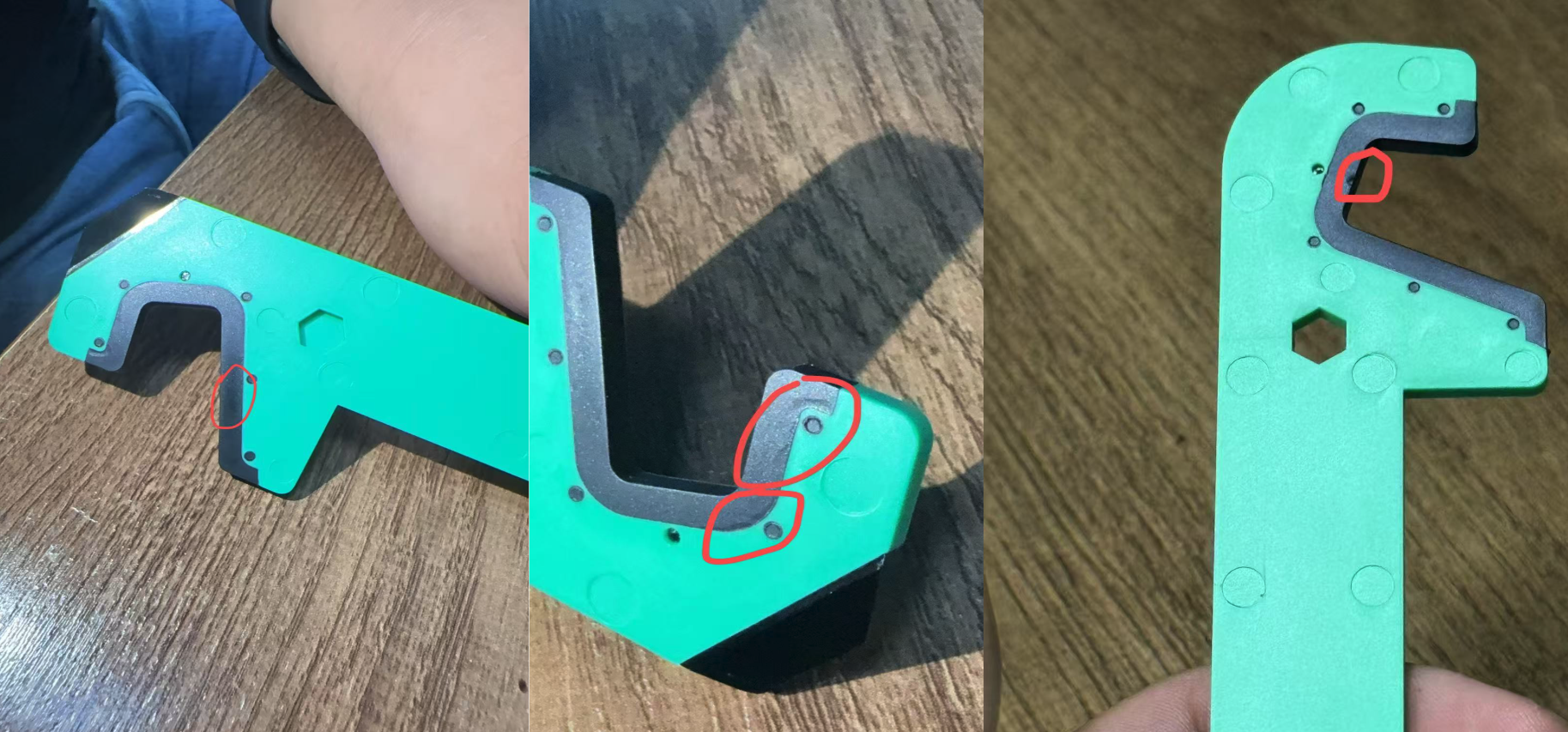
Learn more about injection molding defect prevention in our on-demand webinar.
Troubleshooting Common Injection Molding Defects
Even with careful parameter setup, defects can appear in molded parts. Understanding the relationship between common injection molding defects and process parameters allows engineers to take corrective action quickly. The table below outlines common issues, likely causes, and parameter adjustments that can bring parts back into specification.
| Defect | Likely Cause | Parameters to Adjust | Adjustment Strategy | Expected Outcome |
| Sink marks | Inadequate packing or insufficient cooling rate | Holding pressure, cooling time | Increase holding pressure; lengthen cooling cycle to allow full solidification | Minimizes surface depressions and improves uniformity |
| Flash | Excessive injection pressure or weak clamping | Injection pressure, clamping force | Reduce injection pressure; increase clamp force | Eliminates excess material along parting lines |
| Short shots | Insufficient fill pressure/speed, premature freeze | Injection pressure, speed, melt temperature | Raise injection pressure/speed; increase melt temperature | Ensures complete cavity fill |
| Warpage | Uneven cooling or residual stresses | Mold temperature, cooling rate, packing | Match mold half temperatures; improve cooling uniformity; adjust packing evenly | Improves dimensional stability |
| Weld lines | Incomplete material fusion | Injection speed, melt temperature, mold temperature | Raise injection speed and melt temperature; increase mold temperature if needed | Minimizes weld lines and strengthens fusion areas |
| Burn marks | Trapped air, excessive melt temperature | Injection speed, venting, and melt temperature | Improve venting, lower melt temperature, reduce injection speed | Eliminates scorching and discoloration |
| Voids/bubbles | Inadequate packing or trapped gases | Holding pressure, venting, and melt temperature | Increase packing; improve venting; optimize melt temperature | Eliminates voids and improves part strength |
Balancing Efficiency, Cost, and Quality in Injection Molding
Injection molding is all about balance. In molding automotive fascia, cooling time may be minimized to save cost, but at the risk of increased warpage. On the other hand, medical housing manufacturers prioritize accuracy and finish over speed, demonstrating that each application demands its own trade-offs between cost, efficiency, and quality.
Cycle Time vs. Cooling Time
Finding the right cooling time is one of the most critical tasks in injection molding cycle optimization, since it directly controls throughput and dimensional stability. Reducing cooling time improves throughput but risks warpage and dimensional instability.
Pressure Optimization
The different stages of injection and holding pressure can be visualized in Figure 2, which maps how pressure rises during filling, peaks in the holding phase, and then drops off after gate seal into residual cavity pressure.
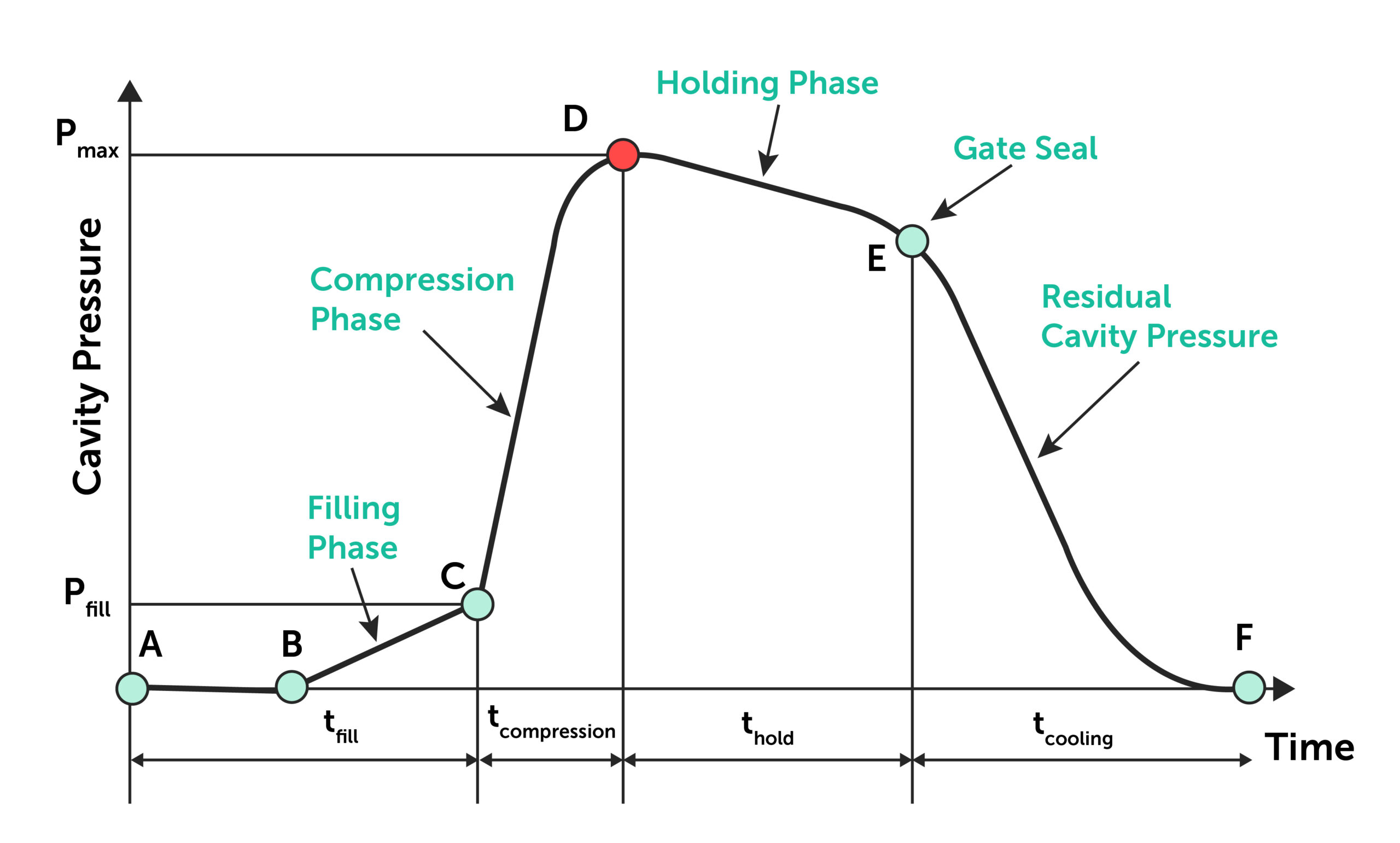
Chart of cavity pressure throughout an injection molding cycle
A Scientific Molding Approach Improves Repeatability
A scientific molding approach moves parameter setting from guesswork to data-driven control, helping engineers achieve consistent, repeatable results. A data-driven approach to setting injection molding process variables makes use of pressure curves, cavity sensors, and DOE (design of experiment) methods. The benefits of using a scientific approach include better repeatability, reduced scrap, faster setup, and the potential for predictive defect prevention.
For example, overlaying injection pressure curves can reveal cavity imbalance, where one cavity consistently fills or packs differently. This allows engineers to correct the issue through process or tool adjustments before it causes defects.
Pro Tip: Mold flow simulation and analysis can help optimize your parameters before production.
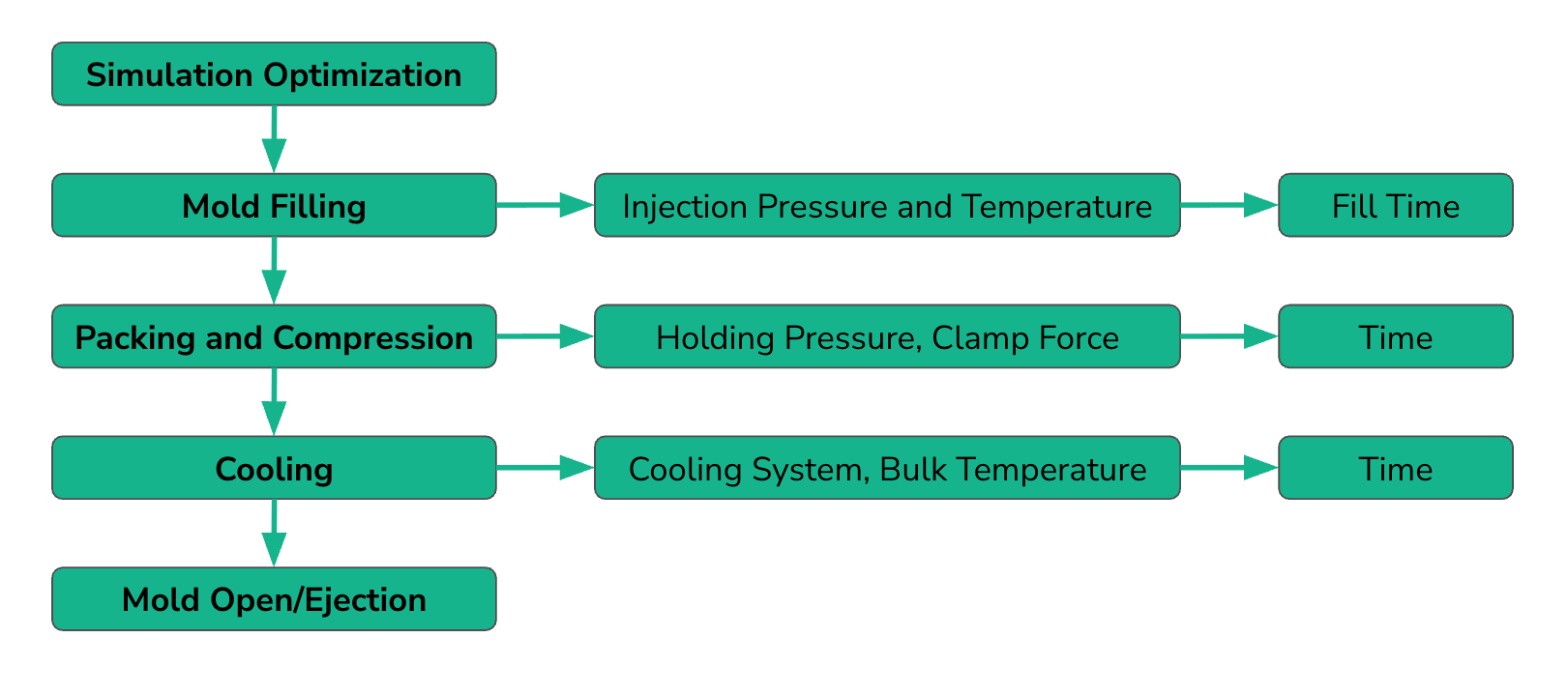
Common Mistakes to Avoid in Injection Molding Parameter Settings
Common mistakes in parameter settings usually come from pushing too hard for shorter cycles, overlooking material-specific requirements, or failing to monitor process stability. Being aware of the most common pitfalls helps prevent wasted time, scrap, and costly tool repairs.
The most common challenges are:
- Overcooling: Slows the cycle unnecessarily. Aim for balance, not “coldest possible.”
- Undercooling: Parts are ejected before fully solidifying, leading to sink marks, warpage, and distortion.
- Excessive injection speed: Causes jetting, burn marks, or high shear stress between resin layers flowing at different rates, and may also freeze flow fronts unevenly, trapping stress and leaving surface blemishes.
- Excessive pressure: Leads to flashing, machine strain, and residual stresses.
- Neglecting mold temperature uniformity: Causes uneven shrinkage and warpage.
- Miscalculating clamp: Too much force risks mold damage and excessive wear, and too little force can lead to flash and dimensional inaccuracies.
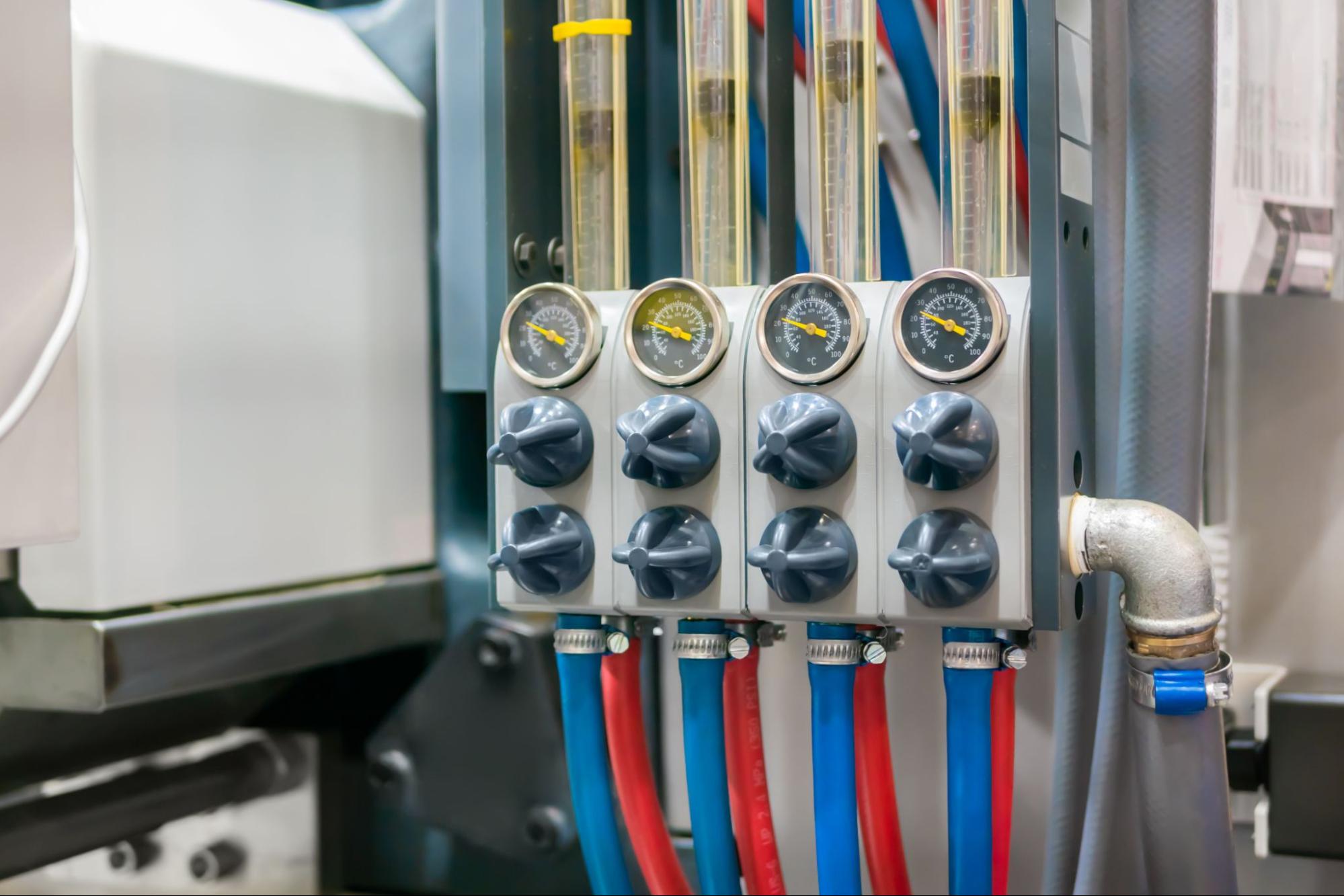
The Future of Injection Molding Parameter Optimization
Advances in digital manufacturing and Industry 4.0 are reshaping parameter control of industrial processes. Smart sensors, machine learning, and closed-loop systems now allow real-time optimization. Predictive analytics flag process deviations before part defects occur, while digital twins simulate process variations to help with refining settings.
The result is greater repeatability, shorter setup times, and fewer rejects, making mastery of process parameters not just a competitive edge, but a requirement for all modern manufacturers.
Tuning Process Parameters for Better Injection-Molded Parts
Injection molding process parameters are levers of quality, efficiency, and cost. Melt and mold temperatures dictate flow and finish, while pressure and speed control impact quality and weld line strength. Cooling time and clamp force determine stability and help in defect prevention. The key is balance: pushing for shorter cycles without sacrificing dimensional accuracy or structural integrity.
By understanding the influence of each process control parameter, engineers can troubleshoot defects quickly and design more efficient processes. A scientific approach to molding converts injection molding from an art of trial and error into a predictable science.
Need help producing injection-molded parts with precision and consistency?
Fictiv provides expert DFM feedback, instant quotes, and high-quality injection molding services to accelerate your product development and dial in your injection molding process.
